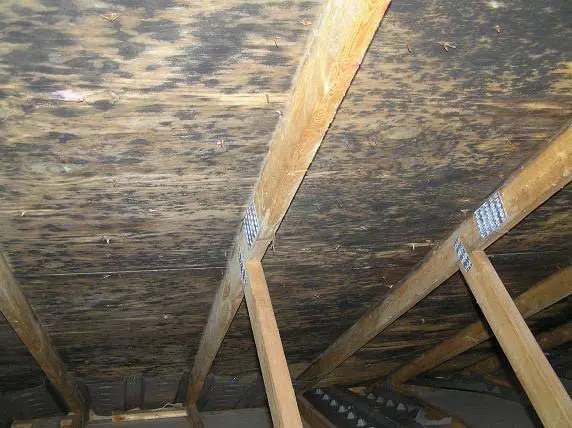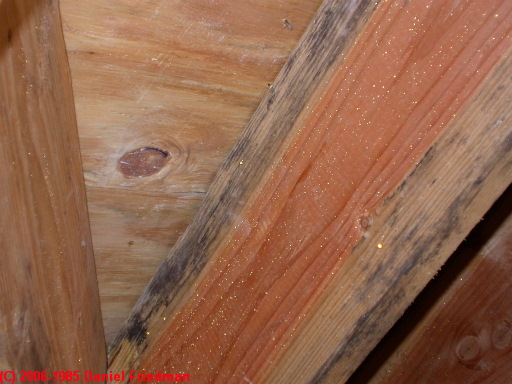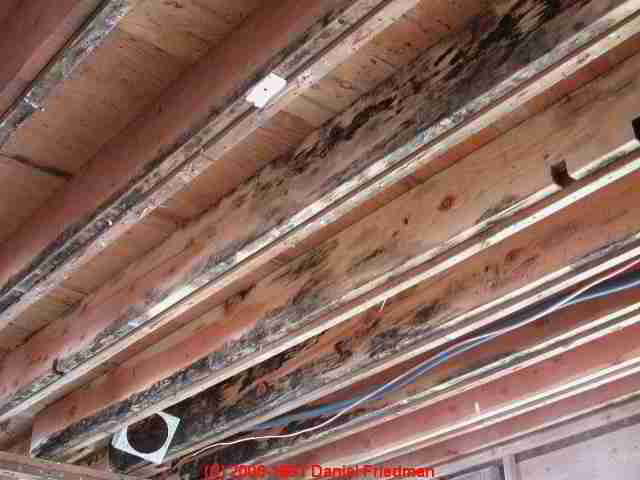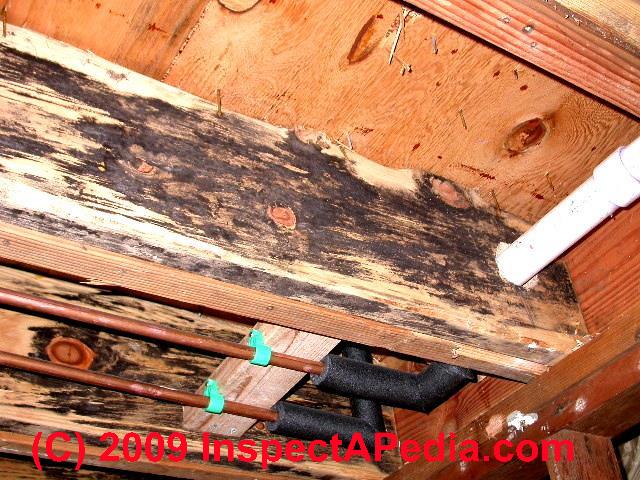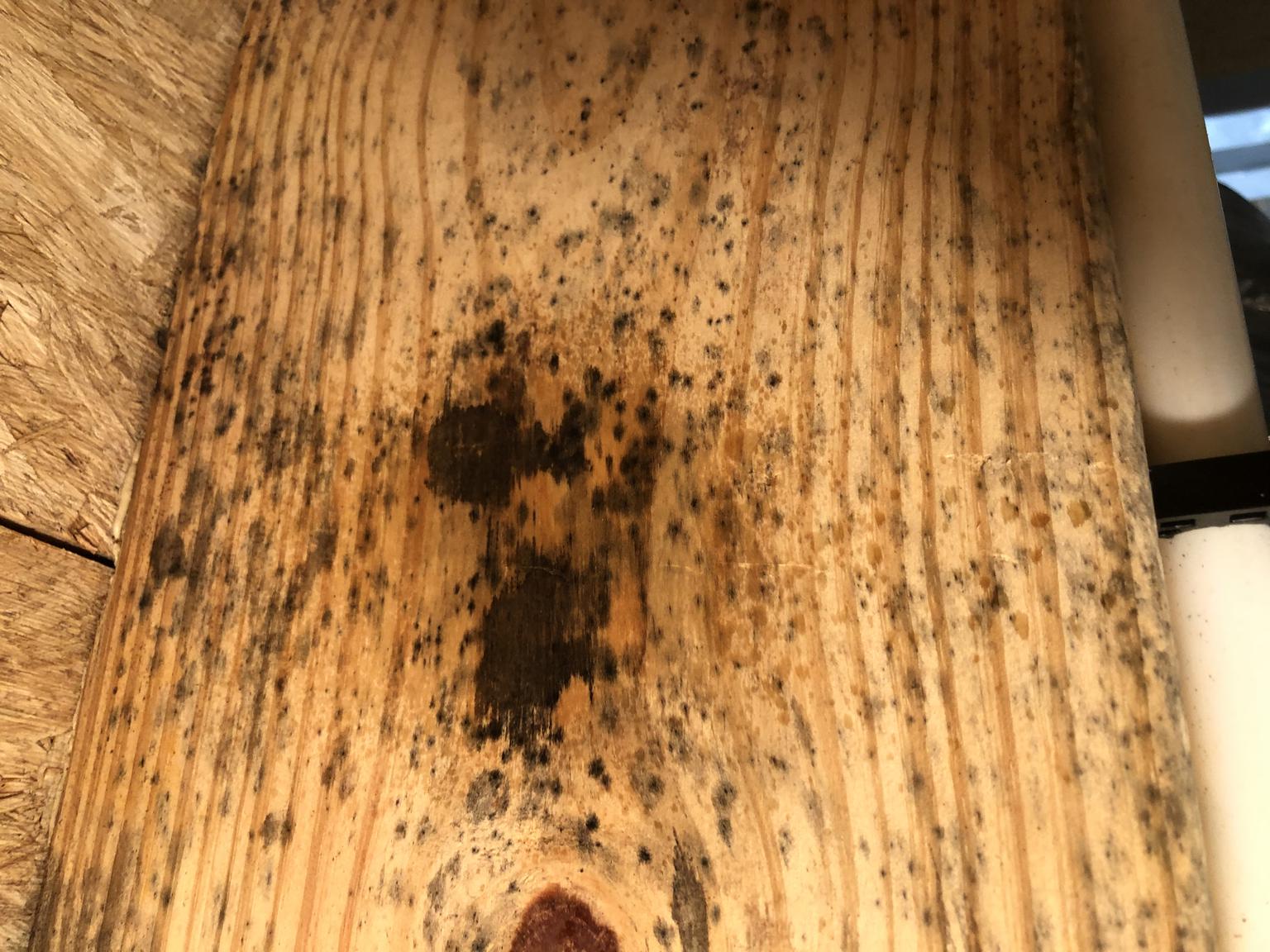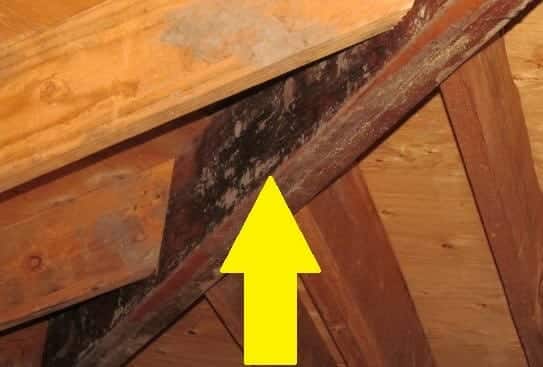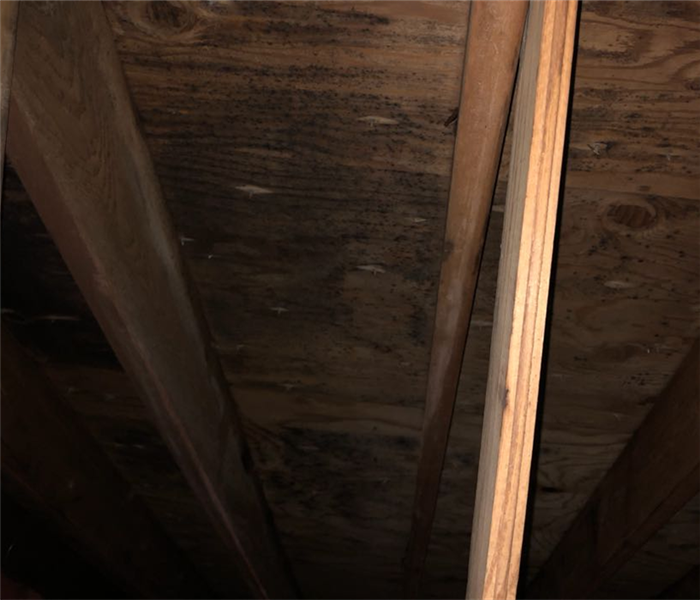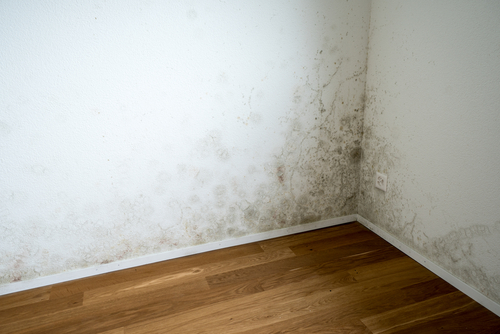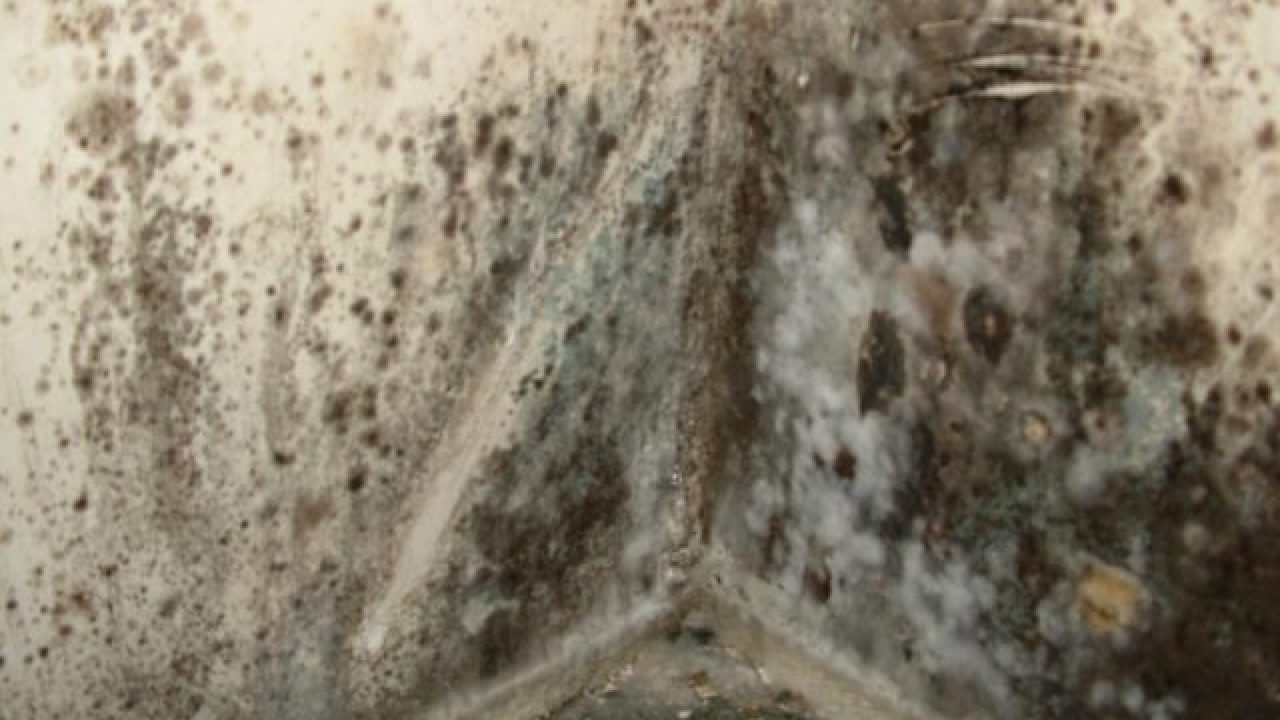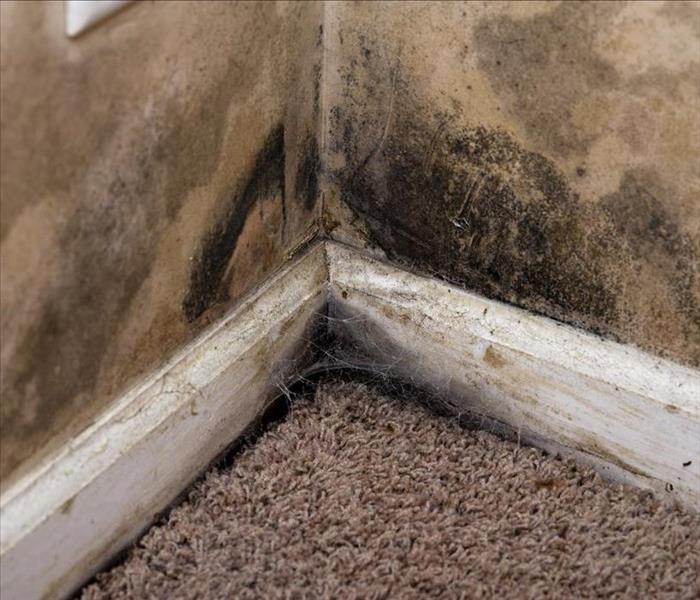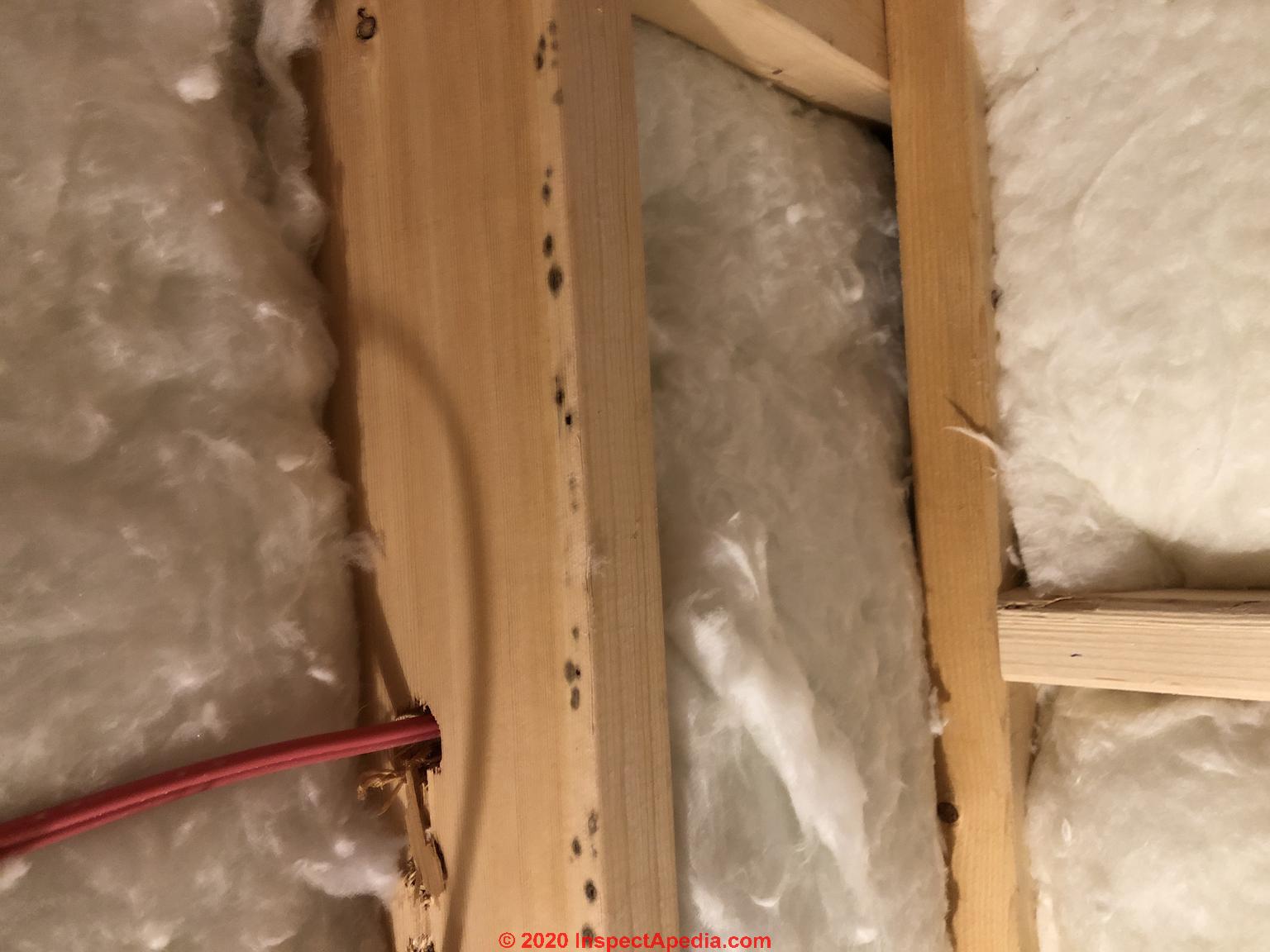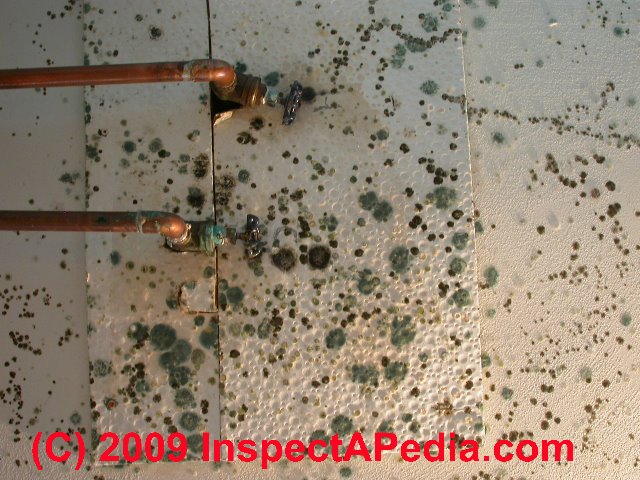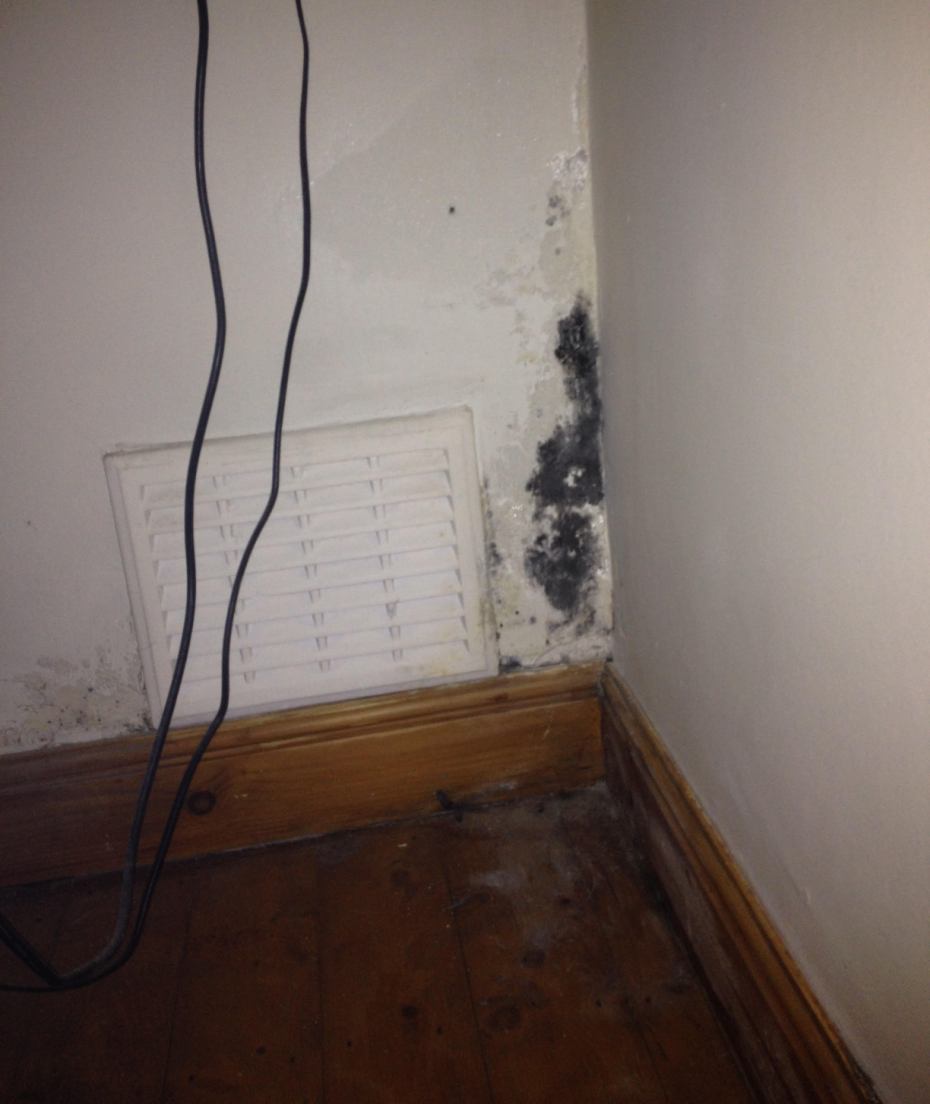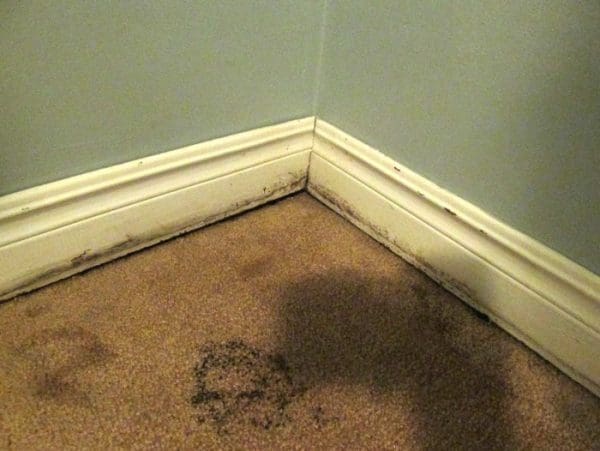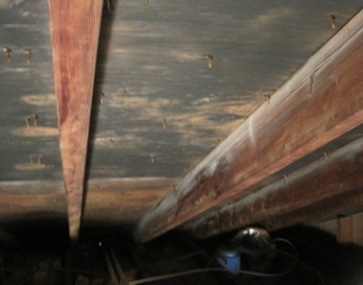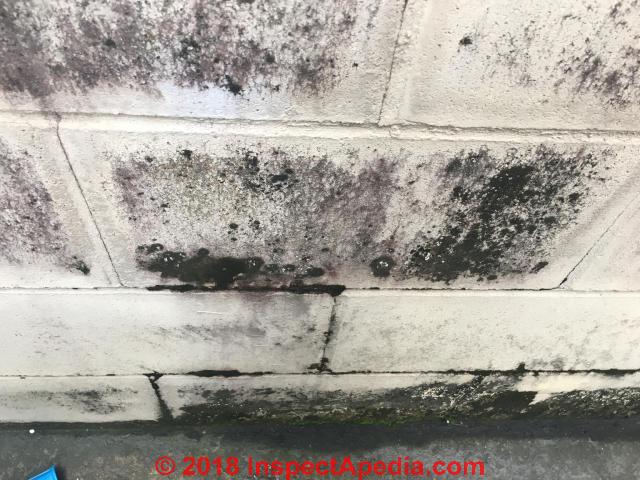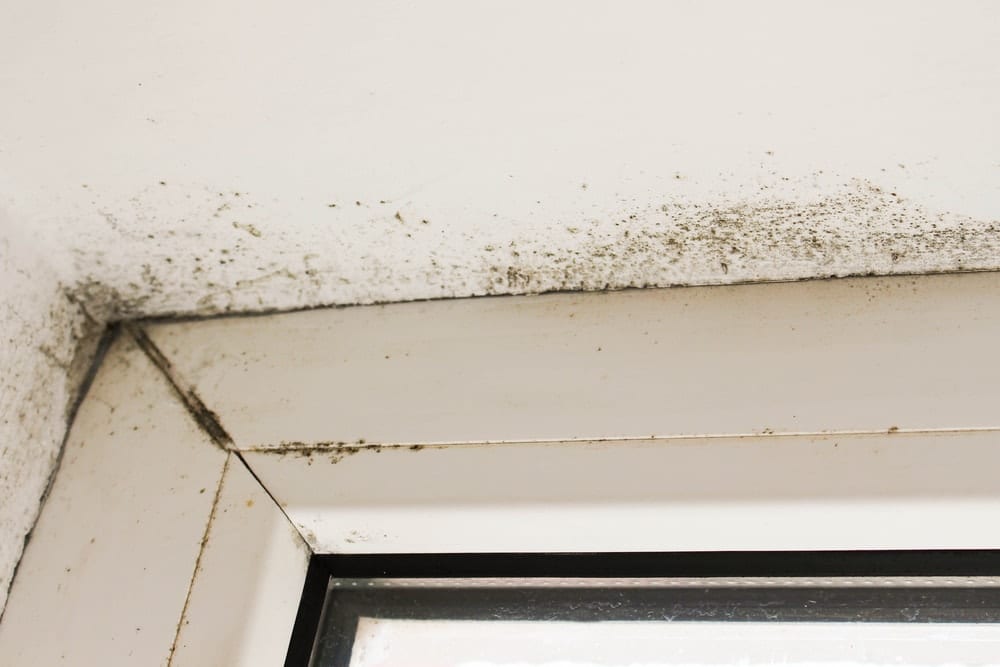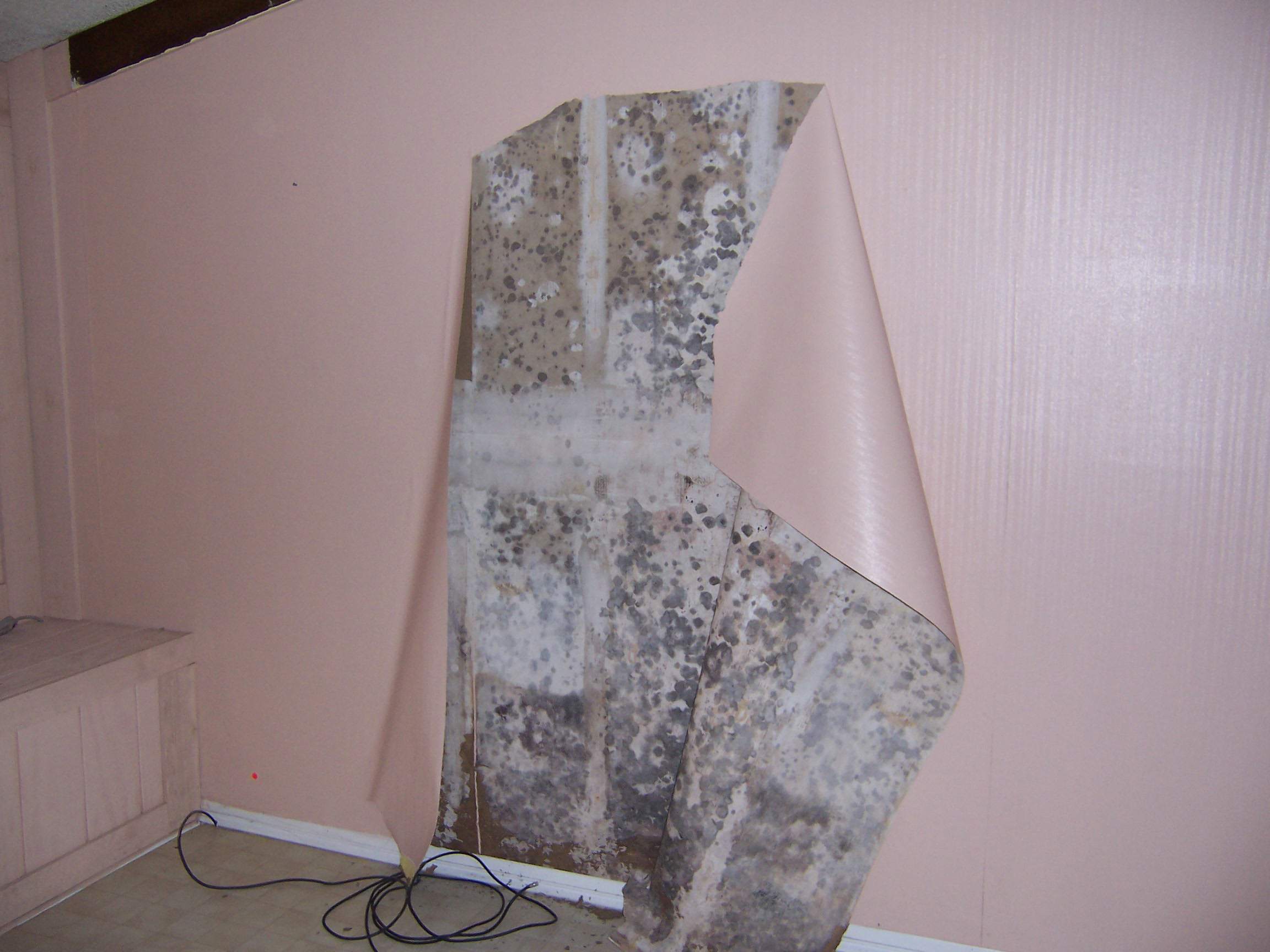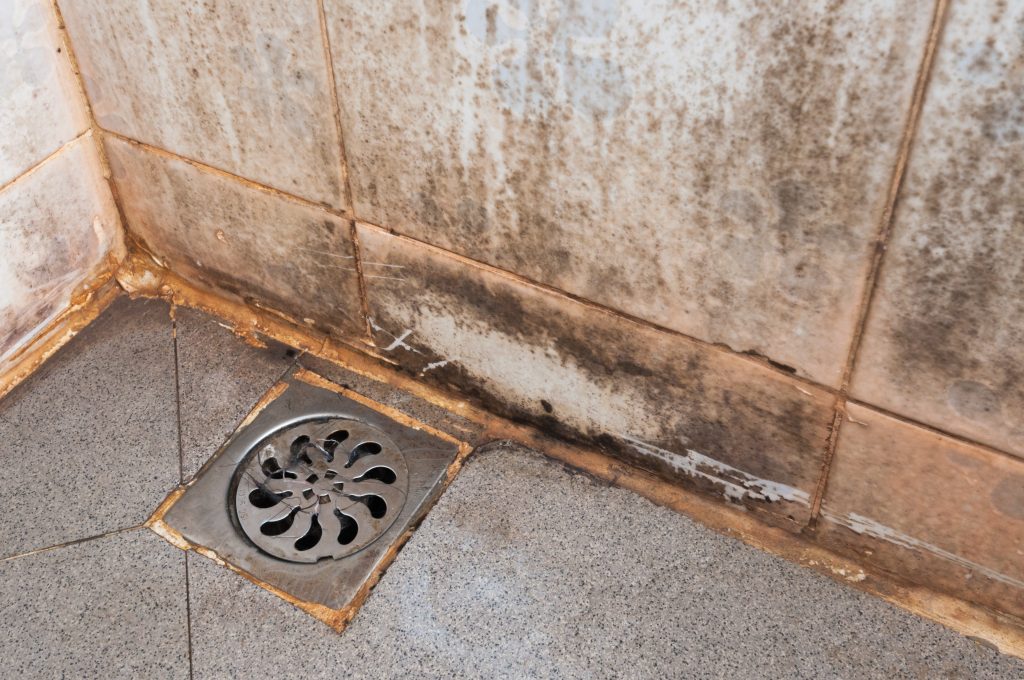Harmless Black Mold In Attic

Due to your attic being the closest thing to the roof of your house any moisture will end up there resulting in black or white mold.
Harmless black mold in attic. Mold usually causes a musty odor and may cause staining that may be black brown gray white yellow or green. Attic should be free from excessive heat and moisture so black mold will not grow. Even if your roof and windows don t leak though humidity in the attic can lead to the growth of mold. Once the mold is removed the attic vent should work to remove the moisture from the attic.
It will be totally hidden when the ceiling drywall is installed. On wood or drywall it can look like a discoloration or stained area in large to small splotches or smaller spots and speckles. Often found in moist attics on plywood as well as on wood framing and rhinocladiella less often found in buildings. Attic mold is usually white green brown or black in color.
In the vast majority of cases the mold growth is caused by condensation. The damage depends on the length of exposure and how many spores were inhaled. Make sure to clean the mold properly and make your attic a dry well ventilated leak free environment to prevent mold. Fungi specifically black mold is often found in attics for a variety of different reasons.
However the cause of a house actually have a black mold problem can be caused by a plethora of different issues. Here s a good example of the observation that not all black mold is toxic black mold. Black mold in attic can cause many problems both in health and property. Our photo at left shows a closeup of aureobasidium sp.
This is a harmless cosmetic only mold that does not damage the lumber and is not a pathogen for humans. Mold in attic mold in attic is fairly common because attics are often damp. Black toxic mold can cause serious health problems. The mold itself may have a cottony texture but can also be velvety leathery or.
However under certain conditions when moisture or humidity is present in closed dark environment mold becomes one of the most damaging threats to your property. Black yeasts a sub group of the mold family that include two very common molds aureobasidium sp. This occurs when the temperature of the sheathing drops below the dew point creating a thin layer of moisture on the substrate. Mold growth on attic roof sheathing is a common issue in cool climates such as the pacific northwest.
When making repairs be sure to turn off the power source before removing the blockage.
